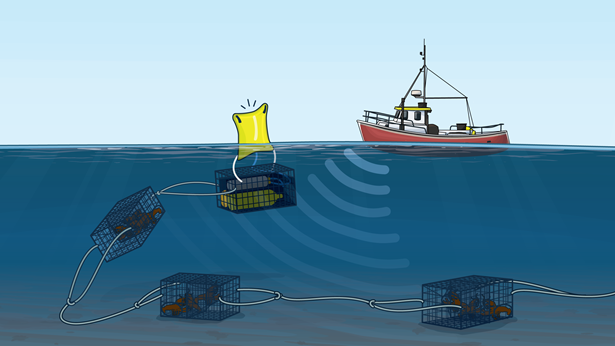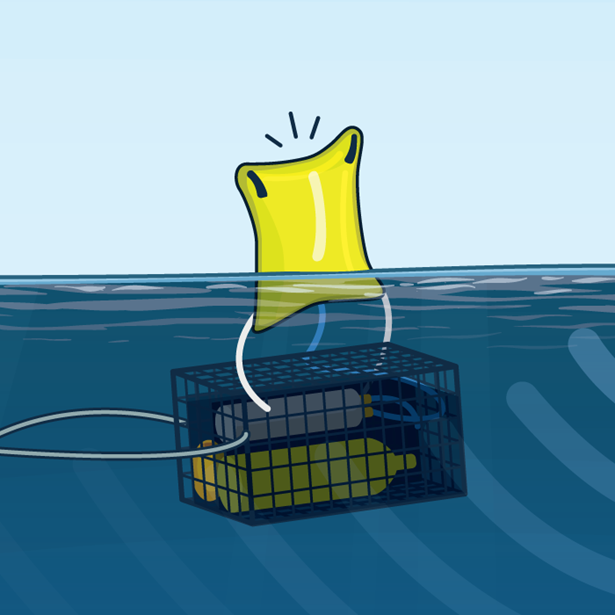Canada Announces Strong Measures to Help Endangered North Atlantic Right Whales
U.S. must follow suit to protect species from vessel strikes and entanglement in fishing gear
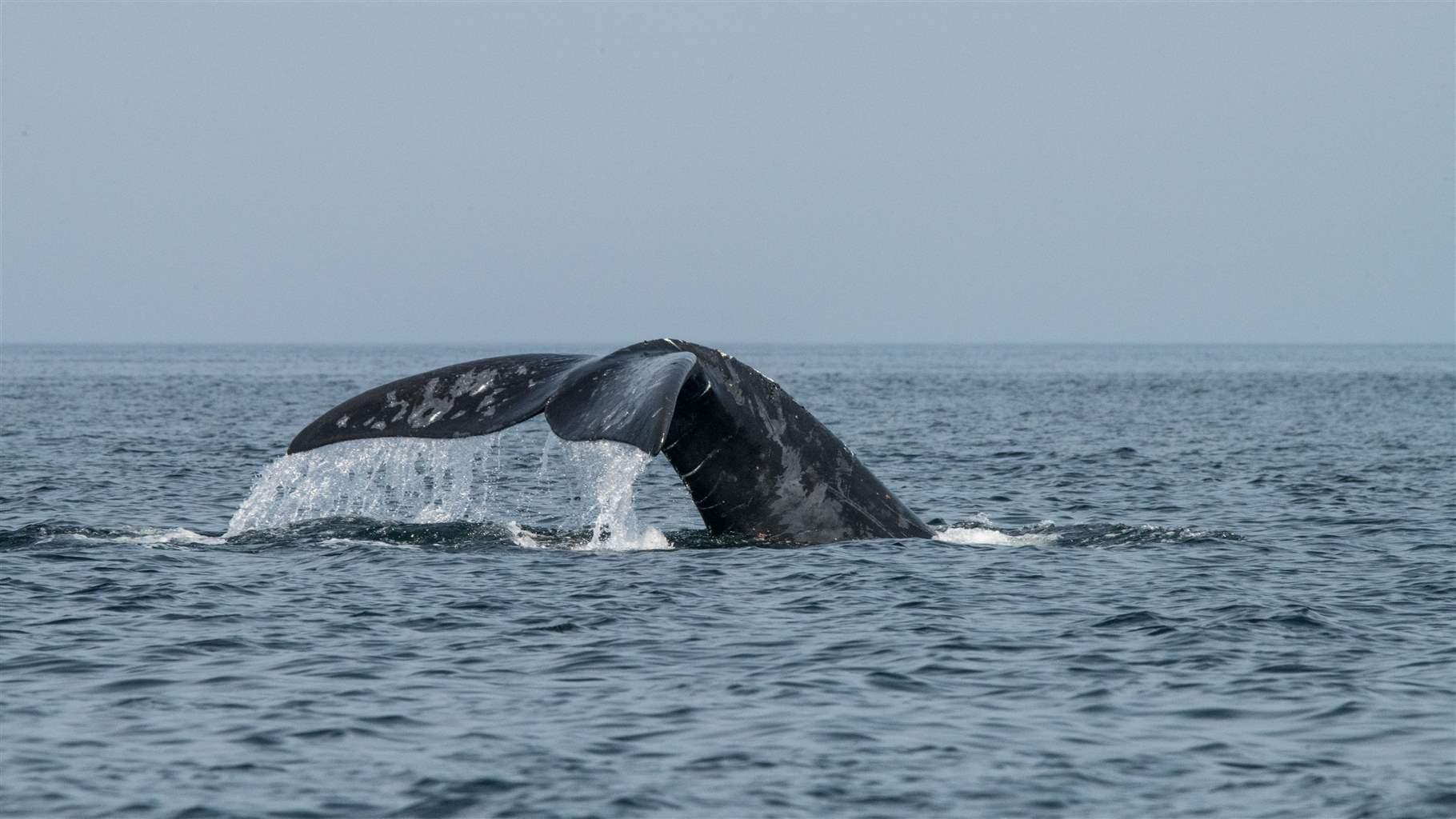
Each year, North Atlantic right whales migrate from their birthing grounds off the southern coasts of Georgia and Florida to summer feeding areas in the Gulf of Maine, Bay of Fundy, and Gulf of Saint Lawrence.
Along the way, the whales travel through some of the world’s busiest shipping lanes, as well as some of the most exploited commercial fishing grounds in Canada and the United States. Those elements can make the migration deadly. Vessel strikes and fishing gear entanglements frequently kill these animals or injure them so severely that they struggle to eat enough food, swim freely, or reproduce.
In an effort to help this critically endangered species avoid extinction, the Canadian government in late February announced updated measures to reduce risks to right whales in national waters, as it does annually. Under the plan, Fisheries and Oceans Canada, the Canadian Coast Guard, and Transport Canada will continue to use real-time visual and acoustic monitoring to dynamically manage whale presence. And, as they did last year, the agencies will implement vessel speed and fishing restrictions when right whales are detected. New for 2021 is the use of real-time assessments to inform decisions on whether to reopen areas to fishing or extend the limits.
Based on how often whales have been detected in recent years, there’s little doubt that considerable areas will be closed to certain fishing gear over the summer and into the fall. To allow lobster and crab fishermen to harvest their catch in times and places that are closed to traditional gear, Fisheries and Oceans Canada will continue to fund and permit the expanded use of ropeless fishing gear in the year ahead. The use of ropeless gear during fishing closures is a solution that benefits both the fishing industry and right whales, because the gear reduces the likelihood of right whale mortality while allowing fishing to continue. To improve the outlook for whales, Canada should also invest in staffing, equipment, and other resources for marine mammal emergency response teams, which deploy on the water to investigate when injured or dead whales are spotted, and which provide vital scientific information to inform future management.
Even with increased regulation in Canadian waters in recent years, the right whale population has declined from around 475 in 2010 to under 375 whales today—with only 70 breeding females. And although no right whale deaths were reported in Canadian waters in 2020, seven whales were documented as dead or seriously injured in U.S. waters. Further, a study found that all documented right whale deaths from 2003 to 2018 were caused by humans through entanglement or vessel strikes.
The U.S. government should follow Canada’s lead in taking aggressive measures to reduce the risk of whale entanglement in U.S. waters and implement emergency fisheries closures while the National Oceanic and Atmospheric Administration’s recently proposed long-term rules are revised.
Pew remains cautiously optimistic that collaborations among governing agencies, fishermen, conservationists, and researchers will result in protections that help right whales recover and thrive while also keeping economically important fisheries operating. The U.S. and Canadian governments should continue to raise the bar to help this imperiled species—on both sides of the border—while it still has a chance to rebound.
Peter Baker directs The Pew Charitable Trusts’ ocean conservation work in Canada and New England.


America’s Overdose Crisis
Sign up for our five-email course explaining the overdose crisis in America, the state of treatment access, and ways to improve care
Sign up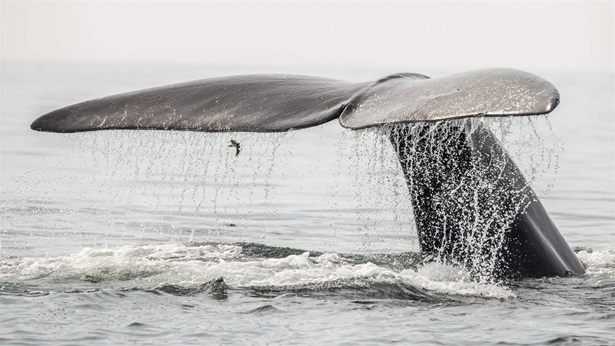
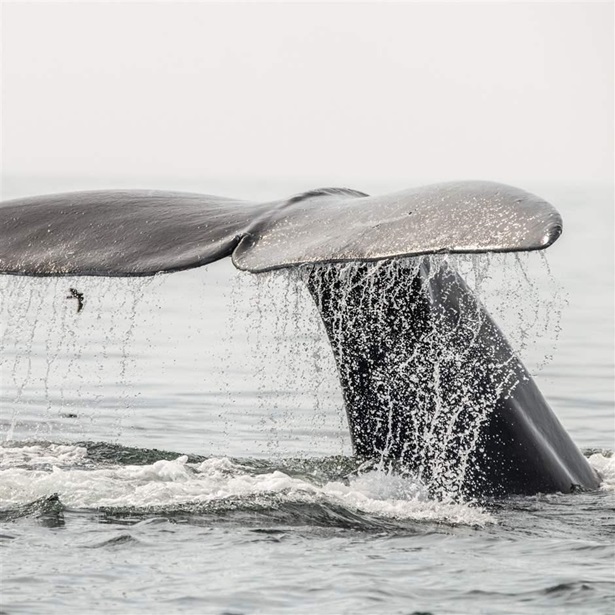
Is Canada Doing Enough To Save Right Whales?
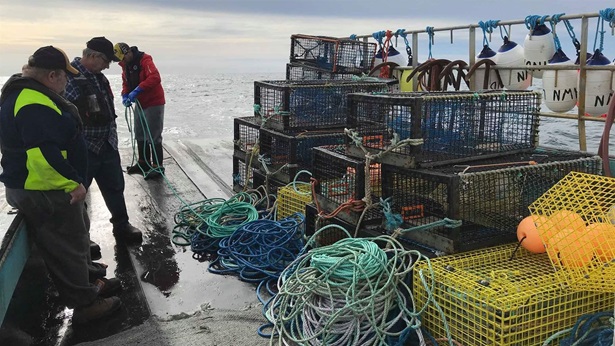
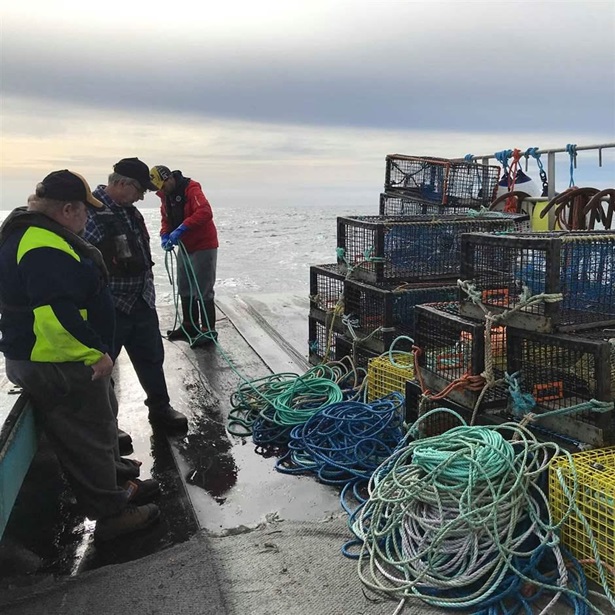
Fishing Industry Look to Innovations to Reduce Whale Deaths
